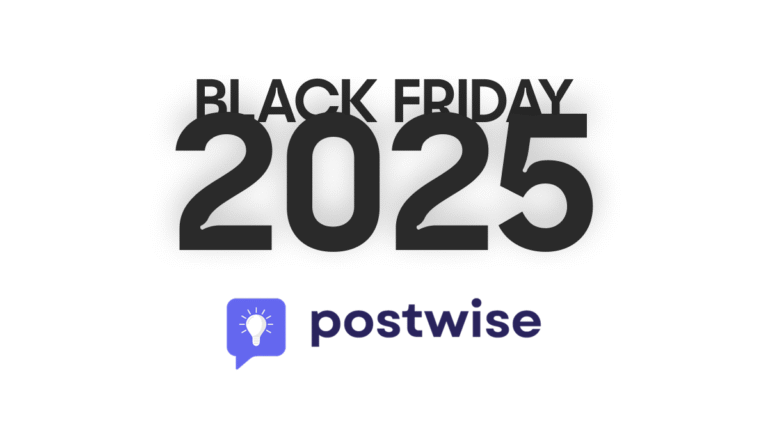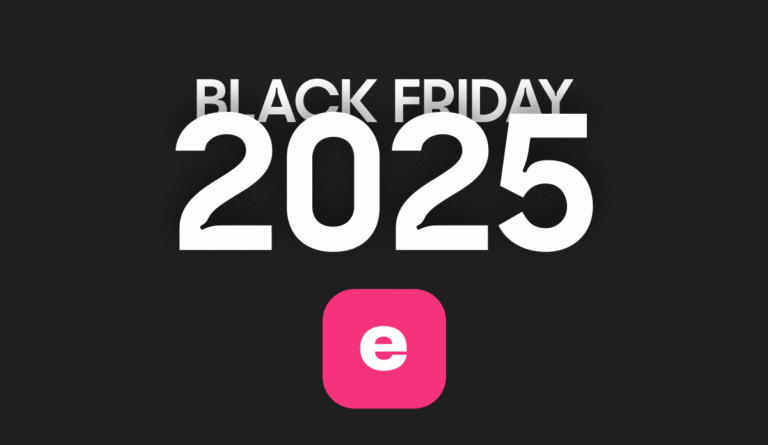LinkedIn may not be the go-to platform for researchers.
However, with over 133,000 school pages, it is a great resource for connecting with academics, researchers, and institutions worldwide.
Also, your scholarly works might gain exposure to the top thought leaders on this site, helping you advance your research career.
With such a competitive academic field, a well-crafted LinkedIn profile can help you stand out and land your dream job.
Here are 7 must-do steps to craft a strong LinkedIn profile as a researcher.
Benefits of LinkedIn for Researchers
LinkedIn has been the go-to platform for professionals to connect with their peers. With an optimized LinkedIn for researchers profile, you can:
- Share your research findings with a massive professional audience.
- Connect with thought leaders and other scholars in your discipline.
- Attract corporate attention for potential funding.
- Showcase significant milestones in your academic career
- Discover research job opportunities
How To Build a Compelling Researcher Profile With LinkedIn
Use your LinkedIn profil to showcase your skills, experience, and accomplishments to readers, academic peers, and corporate sponsors.
But how can you do this? Follow the tips below.
1. Optimize Your LinkedIn Profile
There are thousands of researchers on LinkedIn, and having a mediocre-looking profile will not help you captivate people’s attention. So make sure your profile brands yourself as an exceptional scholar by indicating all the impressive stuff about your academic career.
Here are some tips to make your profile stand out on LinkedIn:
- Use a professional profile photo, preferably on a white background with good lighting. A smile on the face is also recommended.
- Add a banner showcasing your research expertise. You can upload an image of you doing a lab experiment, giving a lecture, or participating in a colloquium or research convention.
- Summarize your job and research discipline through your headline. You can use Taplio’s headline generator to help you write an attention-grabbing headline.
- Ask for recommendations and testimonials from your former colleagues. These people will vouch for your expertise and knowledge, helping you create a reputable researcher profile.

2. Curate and Share Relevant Content
Showcase your knowledge, expertise, and reputation by posting informative and engaging content related to your research field. This helps you attract professionals who also work in your field.
You can also post snippets of your latest research works. Include an overview of your study’s literature review, research methodology, data interpretation, and conclusion. More importantly, briefly explain how your study contributes to your research discipline.
Whatever content you plan to post, ensure that the information you share is accurate.
Remember that a researcher’s reputation hinges on its ability to convey facts, so any false information you share (intentional or by accident) will stain your image as a scholar.
3. Keep a Regular Posting Schedule
You must post high-quality content regularly if you want your name etched into your followers’ minds. The more posts you create, the more frequently you’ll appear in people’s feeds, helping you and your studies become more visible to other professionals.
Your regular postings will also give your followers the impression that you’re a reputable scholar committed to your field. It also convinces people that you’re well-versed and knowledgeable in your discipline.
4. Engage With Your LinkedIn Network

Another way to expand your network on LinkedIn is to interact with other scholars on the platform. You can do this by liking, sharing, or commenting on their posts.
However, it’s advisable to make your comments valuable so they will see your expertise and knowledge. For instance, you can suggest ways to improve a scholar’s research methodology or data interpretation. You can also provide constructive criticism if you see flaws in their work.
5. Showcase Your Work
Make your LinkedIn profile stand out by highlighting your research accomplishments in the ‘Experience’ section. Add detailed descriptions of your publications, projects, or other relevant materials.
Ensure your work is easily accessible by adding links to PDF files or creating a portfolio on your LinkedIn profile.
6. Build Professional Relationships
Well-written posts are not enough to establish rapport with your peers. You must also send them direct messages to imply your interest and genuineness in offering your research services for their endeavors.
It’s simple to send DMs on LinkedIn, but the problem is crafting a message that generates replies.
Here are some tips to ensure an effective personalized DM:
- Clearly present your research services to the recipient
- Offer suggestions and recommendations for their work
- Compliment their latest achievements
- Ask them a question about their research work
7. Use LinkedIn Analytics
Monitor what resonates most with your network by tracking your content performance. Pay attention to LinkedIn metrics to determine what topic and post formats generate the most engagement.
Experiment with different topics and post formats like LinkedIn carousels or videos to discover what works best for your audience.
10 Researchers You Should Be Following on LinkedIn
Let’s take a look at some powerful profiles on LinkedIn for researchers that perfectly reflect our tips above.
1. Matt Motyl, PhD

Matt Motyl is a social psychologist and data scientist. He worked as a research and policy resident fellow at the Integrity Institute and as a senior staff quantitative researcher at Meta, Inc.
2. Laura Kiken, PhD, MPH
Laura Kiken is a social and health psychologist with over 19 years of experience in research, strategy, and leadership. She was a consulting member of the Integrity Institute and a visiting scholar at Stanford University.
3. Jan Zrimec
Jan Zrimec is a researcher from the National Institute of Biology in Slovenia. He has a doctorate degree in biomathematics, bioinformatics, and computational biology. His profile featured three published works in the fields of biotechnology and microbiology.
4. Sanjay Srivastava

Sanjay Srivatava is a personality psychologist and behavioral scientist with more than 20 years of research experience. He’s currently a senior behavioral scientist at Apple.
5. Doy Kim
Doy Kim is a scientist specializing in quantitative data analysis (using the R software) and communication. He was a graduate research scientist at the Wisconsin Center for Education Research for over 3 years.
6. Melissa Lucas
Melissa Lucas is a US-based researcher focused on the field of education. She has lots of research work on social and emotional learning in K–12 and is currently working with the Education Collaboratory at Yale.
7. Andrew Ruis

Andrew Ruis authored a collection of articles on the history of food, nutrition, and health entitled “Eating to Learn, Learning to Eat: The Origins of School Lunch in the United States.” Ruis is currently a research scientist at the Wisconsin Center of Education.
8. Anastasia Wolf
Anatasia Wolf was a graduate UX research assistant at Toloka. Her expertise lies in the fields of psychology, content strategy, qualitative research, and Python language programming.
9. Amanda Siebert-Evenstone, PhD

Amanda Siebert-Evenstone is an efficacy researcher at Age of Learning, Inc. She was also a former instructor, creative producer, and research associate at the University of Wisconsin-Madison.
10. Nathaniel Charest
Nathaniel Charest is a computational modeler and toxicologist. He had a two-year stint at the US Environmental Protection Agency (EPA) as a Federal R-Authority postdoctoral researcher.





